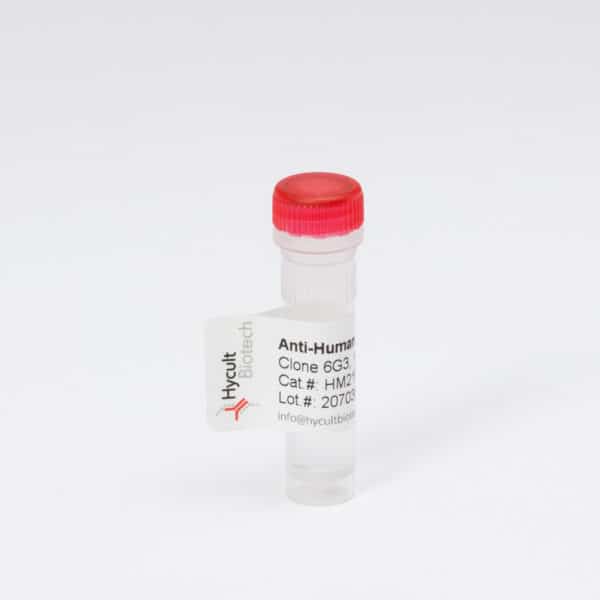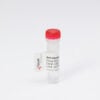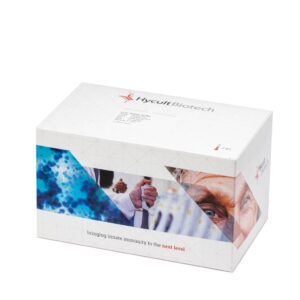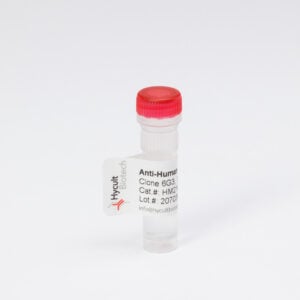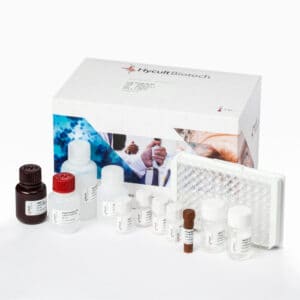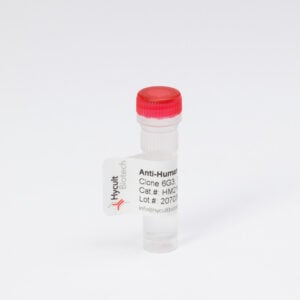C3b/iC3b/C3c, Mouse, mAb 3/26
The monoclonal antibody 3/26 recognizes mouse complement protein activated C3 fragments C3b, iC3b, and C3c.
Read more€133.00 – €620.00
The monoclonal antibody 3/26 recognizes mouse complement protein activated C3 fragments C3b, iC3b, and C3c.
The complement system is an important factor in innate immunity. The third complement component, C3, is central to the classical, alternative and lectin pathways of complement activation. C3 is the most abundant protein of the complement system with serum protein levels of about 1.3 mg/ml. Proteolysis by certain enzymes results in the cleavage of C3 into C3a and C3b. C3b becomes attached to immune complexes and is further cleaved into iC3b, C3c, C3dg and C3f. Activation products of the complement cascade contain neo-epitopes that are not present in the individual native components.
The synthesis of C3 is tissue-specific and is modulated in response to a variety of stimulatory agents. An inherited deficiency of C3 predisposes the person to frequent assaults of bacterial infections. In ulcerative colitis, and idiopathic chronic inflammatory bowel disease, the deposition of C3 in the diseased mucosa has been reported.
The monoclonal antibody 3/26 preferably recognizes cleaved C3 fragments C3b, iC3b, and C3c.
In case of an acute inflammatory reaction lots of C3 are processed into the products recognized by 3/26 and is as such useful as marker for inflammatory reaction. In chronic inflammatory conditions minimal reactivity with 3/26 may observed. In such cases primarily the C3dg product resides at the place of inflammation (C3c being cleared) which is not recognized by antibody 3/26. The chronic processing/activation of C3 is taking place at a lower level, which would reduce detection of the C3 fragments C3b, iC3b, and C3c.
You may be interested in…
-
View product €133.00 – €414.00
-
View product €894.00 – €1,443.00
-
View product €133.00 – €510.00
